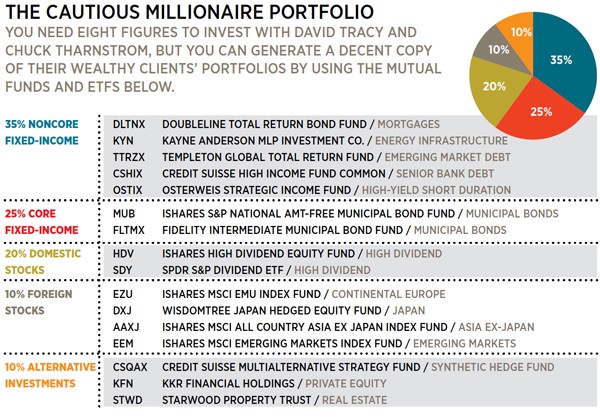Preferred Stocks Neither Bond Nor Equity But High Yields! F CMS PFF PGX PSK Investing Daily
Post on: 2 Июль, 2015 No Comment

By Jim Fink on October 20, 2011
Neither bond nor equity but with elements of both, preferred stocks are Wall Streets third way to wealth. And, as the road less traveled, the yields are often sweeter and the risks less severe.
With both U.S. treasuries and investment-grade corporate bonds yielding the lowest rates in decades, income investors are desperate to find yield. Bonds are the safest choice because they represent a contractual guarantee of principal and interest. But today this safety comes with a hefty price tag investors psyches have never recovered from the 2008 stock market crash and continue to shun equities and favor bonds.
This flight to quality has caused bond yields to plummet, making it impossible for new income investors to earn a decent yield. Although great news for corporations seeking to refinance, it is horrible news for individual investors. As Personal Finance associate editor Roger Conrad recently wrote to subscribers in an article entitled Bond Buyers Be Wary :
Unfortunately, many income investors are abandoning stocks for what could prove to be an even bigger bubble in bonds. Worse, theyre doing it for potential returns that rate among the most meager in history. This would be an absolutely horrible time to buy bonds. The converse of companies being able to sell their bonds cheaply is that investor yields are paltry.
Common stocks dont yield much either. For example, the dividend yield of the S&P 500 is only 1.9%, near the lowest in history. What to do?
Preferred Stocks to the Rescue!
There is a third option: preferred stocks. As Roger Conrad pointed out in an article entitled The Third Way of Income Investing:
Preferred stocks typically pay a higher dividend than a companys common stock or bonds. Thats mainly because, in the event of a bankruptcy, their owners are paid off before common shareholders but after all bondholders and other creditors. And unlike common stocks, dividends are usually fixed for the life of the security.
No company can pay a dime of common stock dividends before it makes good on what it owes to preferred shareholders. And most preferred shares are cumulative; if the dividend were interrupted for any reason, the company would have to make good on back payments.
Heres a quick rundown on preferred stocks, which combine characteristics of common stocks and bonds.
- Like common stocks, preferreds are typically exchange-traded and represent a partial ownership stake in a company.
- Like bonds, preferreds usually have a fixed payment and carry no voting rights.
- Most preferreds issued today come public at $25 per share, but then trade above or below that price in the open market based on current interest rates.
- Prices tend to be more volatile than bonds but less than stocks.
Preferred Stock Benefits and Risks
The preferred part refers to them being higher in the pecking order than common stocks when a company pays a dividend or divvies up its assets after a bankruptcy event, preferred stockholders get second dibs on the payout (after bondholders). Naysayers will argue that preferred stocks lack the capital appreciation potential of common stocks as well as the contractual income certainty of bonds. But if you fancy a steady 7% yield, preferred stocks could be right up your alley.
As with any investment, its important to understand the risks. With preferreds, the five biggest risks are:
(1) rising interest rates, which dampen all fixed-income valuations;
(2) not enough buyers or sellers (i.e. liquidity), which refers to the danger of not having enough market volume to trade at the price youre expecting;
(3) overconcentration in the financial industry, since approximately 80% of all preferred stocks are issued by financial companies;
(4) overvaluation caused by corporate investors bidding up the price (preferred stock payments made to corporate investors get a 70% tax exemption. an exemption not available to individual investors); and
(5) the corporate issuer runs into financial trouble, taking all or part of your investment with it. For example, a preferred issue of Ford Motor (NYSE: F) stopped making payments for more than a year between April 2009 and July 2010.
During the 2008-2009 financial crisis, preferred stocks lost a whopping 63.6%, worse than junk bonds (-32.6%) and much worse than investment-grade corporate bonds (-7.3%):
Source: Bloomberg
Comparing Types of Preferred Stock
Not all preferred stocks are created equal. A few of the important types of preferreds and their differences are listed below:














